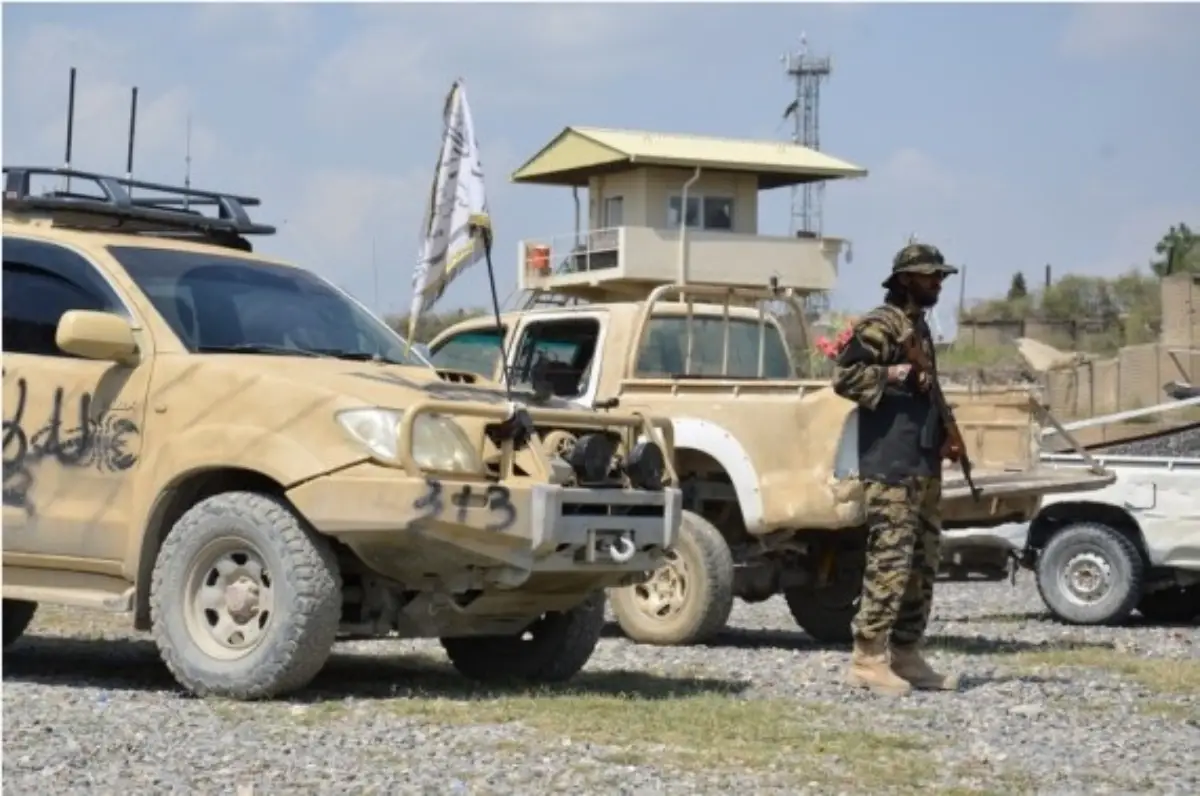
Geopolitics Is Impacted By Faith-Based Conflicts
By D.C. Pathak
The world is experiencing major developments – political, ideological, and combative, attributable to the projection of religion in international politics.
The rise of Islamic radical forces symbolized by Taliban, Al Qaeda, ISIS, Boko Haram and Palestinian Islamic Jehad, the fall out of the Israel-Hamas confrontation and the coming together of Iran, China, and Russia in political opposition to the US, are setting the global trend of a constant shift towards geopolitics driven by faith-based conflicts.
To the extent this was linked to certain historical legacies, the trend could aggravate matters for the future by strengthening forces of ‘revivalism’.
The need of the hour is to consolidate the democratic world order that shuns identity politics, practices the inherently secular mandate of ‘one man one vote’ and encourages human rights, universal values, and economic advancement of all.
The hostility of Islamic radicals towards the US-led West, the intensification of Shia-Sunni conflict with the rise of fundamentalism in both these segments of the faith and the impact of internal divides in the Islamic world, on the emerging Cold War between the US on one side and the China-Russia axis on the other, are the major points of study and strategic analysis for making a long term assessment of India’s national security as also this country’s potential for contributing to global peace and world economy in the current scenario.
India has already been exposed for a long to cross-border terrorism in which Pakistan had used Islamic militant outfits under its control such as Hizbul Mujahideen, Lashkar-e- Toiba and Jaishe Mohammad, in Kashmir but in other parts of India as well.
While the Taliban-Al Qaeda combined ruling Afghanistan concentrated on the Afghan-Pakistan region, a powerful off-shoot of the former emerged as Islamic State in the Iraq-Syria belt – on a note of competitive militancy. The latter – with its known animosity towards Shiism – is now becoming instrumental in pushing Iran ruled by Ayatollahs, towards the Russia-China axis that supported the regime of Syrian President, Bashar Al Assad-an Alawite.
In the ‘war on terror’, the US focused on eliminating the leaders of Islamic radicals like Al Qaeda leader Osama bin Laden and ISIS’s first leader Abu Musab Al-Zarqawi in 2011 and 2006 respectively but could not disrupt the process of induction of new militants through ‘radicalization’ that exploited the social media in full measure.
By 2015, ISIS under the leadership of Abu Bakr Al Baghdadi, had captured large parts of Iraq and Syria and declared a Caliphate. ISIS is in violent opposition to Shia Muslims – more strongly than Al Qaeda would be – and the two Sunni streams of Islamic radicals carry the historical legacy of the anti-West Wahhabi ‘revolt’ witnessed in the middle of the 19th century in Algeria, Arabia and India under the leadership of prominent Ulema like Al Tijani, Abdul Wahab and Shah Waliullah whose contention was that the political decline of Islam – after a thousand years of constant rise – was attributable to the deflection of the rulers from the path of pure Islam as it existed in the times of the ‘Pious Caliphs’.
ISIS rooted in the Iraq-Syria region is far more ruthless in opposing the Shias in comparison to Al Qaeda. Osama bin Laden considered the Shiites as heretics but seldom targeted them for killing whereas beheading of Shiite religious persons became the hallmark of Al Zarqawi’s leadership of ISIS.
ISIS’s violent disposition towards Shiite Muslims is further aggravated by the fact that political rulers of Syria and Iraq were not only Baathists believing in secularism and socialism, but they were also Alwaites – representing a sect of Shiism. They were thus doubly vulnerable as the targets of Islamic radicals.
ISIS-K received a fillip from the stand of ISIS that Al Qaeda had become too engrossed in the struggle against the NATO forces in Afghanistan to give due attention to the Jehad movements in the Central Asian region.
ISIS-K was therefore meant also to counterbalance the threat of anti-Islamic influences wielded by Russia in the former Soviet states in Central Asia.
Incidentally in May 2019, ISIS declared that Balochistan and Kashmir were being included as new branches in the regional set-up of ISIS-K. ISIS has carried out multiple attacks on Shias in Afghanistan and Pakistan and after the Taliban took over Afghanistan in 2021 stepped up violence against Hazaras and other religious minorities there.
The current Israel-Hamas conflict unravels the linkages of the US, Iran and the Russia-China axis in the Middle East and the play of faith-based politics there.
Hamas is a product of the 1987 Palestinian uprising whose roots were in the Palestinian branch of the Muslim Brotherhood. It is a Sunni Muslim organization that significantly stated in 2017 that its struggle was against Zionists not Jews and that its chief cause for conflict with Israel was the latter’s atrocities in Gaza and the attack on the Al Aqsa Mosque in East Jerusalem – the third holiest center for Sunnis after Mecca and Medina.
It may be recalled that the Muslim Brotherhood established in Egypt and Syria in 1928 was against the secular, nationalist and pro-socialist regimes there.
Hamas as its offspring in Palestine however became radicalized with the passage of time with the result that the US declared it a terrorist outfit in 1997.
In the wake of the Israel-Hamas conflict, Saudi Arabia – a friend of the US – does not approve of Hamas but has taken a stand much on the line of India’s response that both sides should abstain from killing civilians.
Saudi Arabia is not opposed to the Abrahamic accord reached by UAE and Bahrain with Israel on the mediation of the US. What is even more important, the Israel-Hamas confrontation has seen Iran and Syria coming in support of Hamas although Hamas is now like a Sunni radical organization. The political alignment of these two countries against the US-Israel combine apparently outweighs other considerations.
The deadly attack by ISIS terrorists on March 22 night on a largely attended concert on the Moscow outskirts – barely 20 kilometers from the Kremlin – has exposed the world to the tentacles of faith-based terror and revealed the contours of political divides coinciding with religious conflicts to produce a new era of proxy wars.
President Vladimir Putin underplayed the intelligence failure of Russia and tried to be dismissive of the reports released by the US that it had shared advance intelligence of the attack with Moscow.
Since 2022, ISIS-K is known to have attacked diplomats of China, Russia, and Pakistan in Afghanistan- notwithstanding the fact that these countries had developed good relations with the Taliban.
ISIS has presently become the front-line leader of radicalized Islamic forces. It disapproves of Pakistan trying to become an ally of the US and resents the policy of China and Russia to support the Assad regime in Syria.
A major reason for ISIS to direct its hostility on Russia is that Moscow helped Bashir Al-Assad regain the territory he had earlier lost to ISIS. Russia’s slaughter of Chechen Muslims in its war in Chechnya in 2000 has not been forgotten too.
For ISIS, the US and Israel are the prime political adversaries while Iran is an enemy because of the historical Shia-Sunni religious animosity.
In a nutshell, geopolitical conflicts today are driven substantially by motivations of religion, and this is a warning signal for the democratic world to do something to avoid its future being put at risk on that count.
(Pathak is a former Director of India’s Intelligence Bureau.)




